Chinese Spartan Juniper – Tips For Growing Spartan Juniper Trees
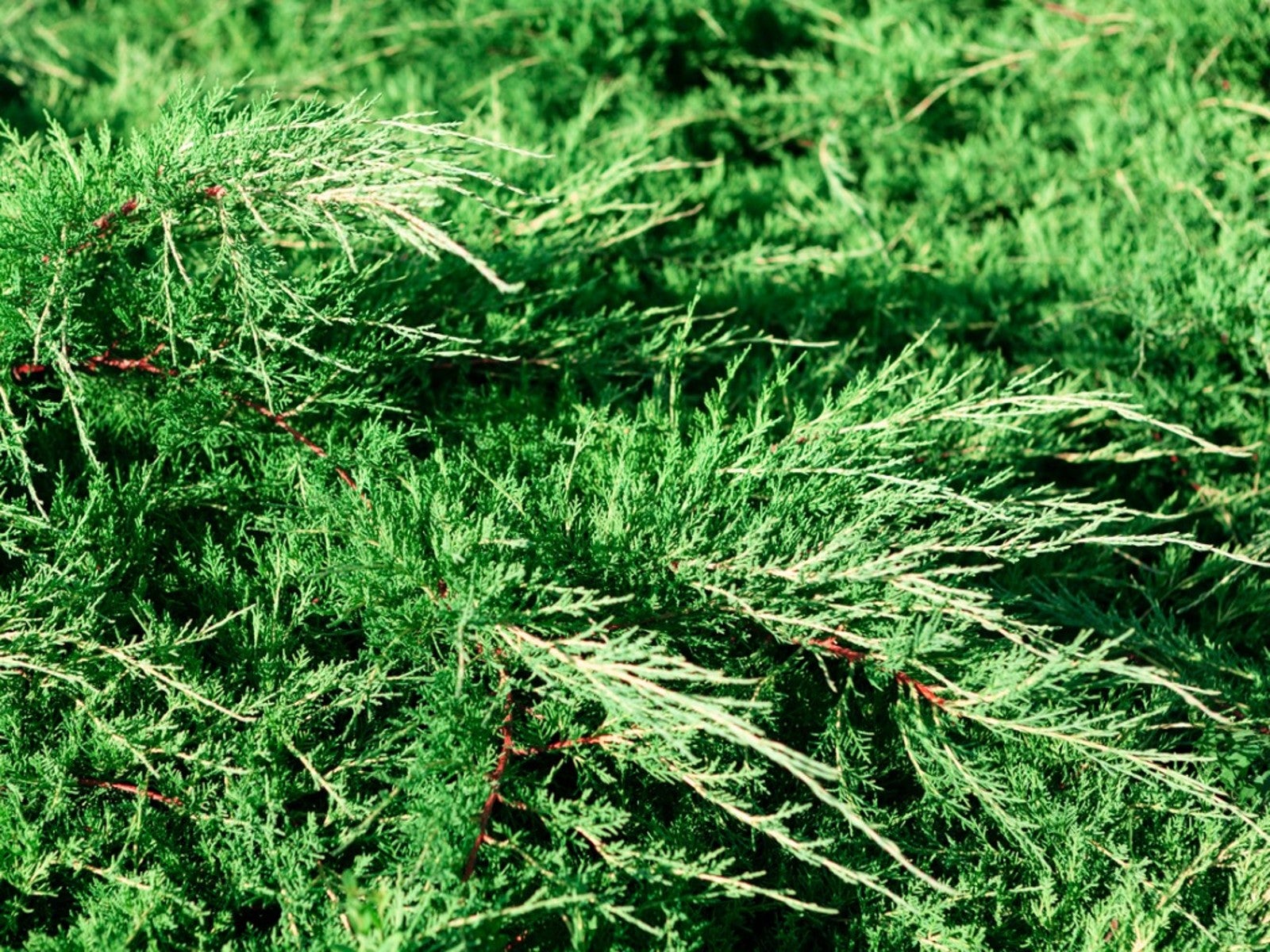

Many people who plant a privacy hedge or windbreak need it yesterday. Spartan juniper trees (Juniperus chinensis ‘Spartan’) may be the next best alternative. Spartan is an evergreen that grows extremely quick and can be used to create an attractive hedge or screen. For additional information about Spartan juniper trees, including tips for growing and care, read on.
About Spartan Juniper Trees
Spartan juniper trees are a narrow cultivar of Chinese juniper, Juniper chinensis. The original tree is native to northeast Asia, including China. The Spartan cultivar is also known as Chinese Spartan juniper. Juniper has been grown in China for hundreds of years, well before western gardeners “discovered” the tree. This cultivar grows to some 15 feet (5 m.) tall but remains slender, between 3 to 5 feet (1-1.5 m.) wide. Its dense foliage is dark green and can be clipped into different shapes. Even without being sheared or trimmed, the plants have a uniform shape.
How to Grow a Spartan Juniper
Those interested in growing Spartan juniper will want to start with climate. Chinese Spartan junipers do best in USDA plant hardiness zones 4 or 5 through 9. Select a planting site carefully. The trees grow best in full sun and absolutely require well-drained soil. If you plant them in wet soil, they will likely develop root rot and die. Providing adequate irrigation is an essential part of how to grow a Spartan juniper. Although these trees can develop drought resistance, they take quite a while to establish their root system after transplant. That means regular deep irrigation is important for the first few seasons. You can help the tree develop its roots by loosening up the roots when you remove the plant from its container. Use a knife to break up the tight root mass.
Spartan Juniper Care
Chinese Spartan juniper is usually a healthy plant. These trees are not particularly susceptible to any pest issues or disease problems. Planted in soil with good drainage, they do not get root rot. However, they can be infected with tip and needle blights. Excellent Spartan juniper care can prevent many health issues. Pruning is not an essential part of Spartan juniper care. If you do prune your Spartans, act in summer for best results.
Gardening tips, videos, info and more delivered right to your inbox!
Sign up for the Gardening Know How newsletter today and receive a free copy of our e-book "How to Grow Delicious Tomatoes".

Teo Spengler is a master gardener and a docent at the San Francisco Botanical Garden, where she hosts public tours. She has studied horticulture and written about nature, trees, plants, and gardening for more than two decades. Her extended family includes some 30 houseplants and hundreds of outdoor plants, including 250 trees, which are her main passion. Spengler currently splits her life between San Francisco and the French Basque Country, though she was raised in Alaska, giving her experience of gardening in a range of climates.
-
 Looking For Plants To Give You The Soft And Fuzzies? Try These 5 Fuzzy Leaf Plant Options
Looking For Plants To Give You The Soft And Fuzzies? Try These 5 Fuzzy Leaf Plant OptionsLovers of texture, drama, silver foliage and tactile plants will adore these special sensory garden additions. These fuzzy leaf plant options will leave you all aglow
By Susan Albert
-
 Get Ready For A Summer Of Hummers! Grow These Full Sun Hummingbird Plants and Flowers
Get Ready For A Summer Of Hummers! Grow These Full Sun Hummingbird Plants and FlowersIf you’re lucky enough to enjoy a sunny backyard, make sure you are maxing out on your pollinator opportunities and grow these full sun hummingbird plants and flowers
By Tonya Barnett
-
 How To Grow A Potted Juniper: Caring For Juniper Trees In Containers
How To Grow A Potted Juniper: Caring For Juniper Trees In ContainersSmall juniper trees grow well in containers. Click here for information on how to care for potted junipers.
By Teo Spengler
-
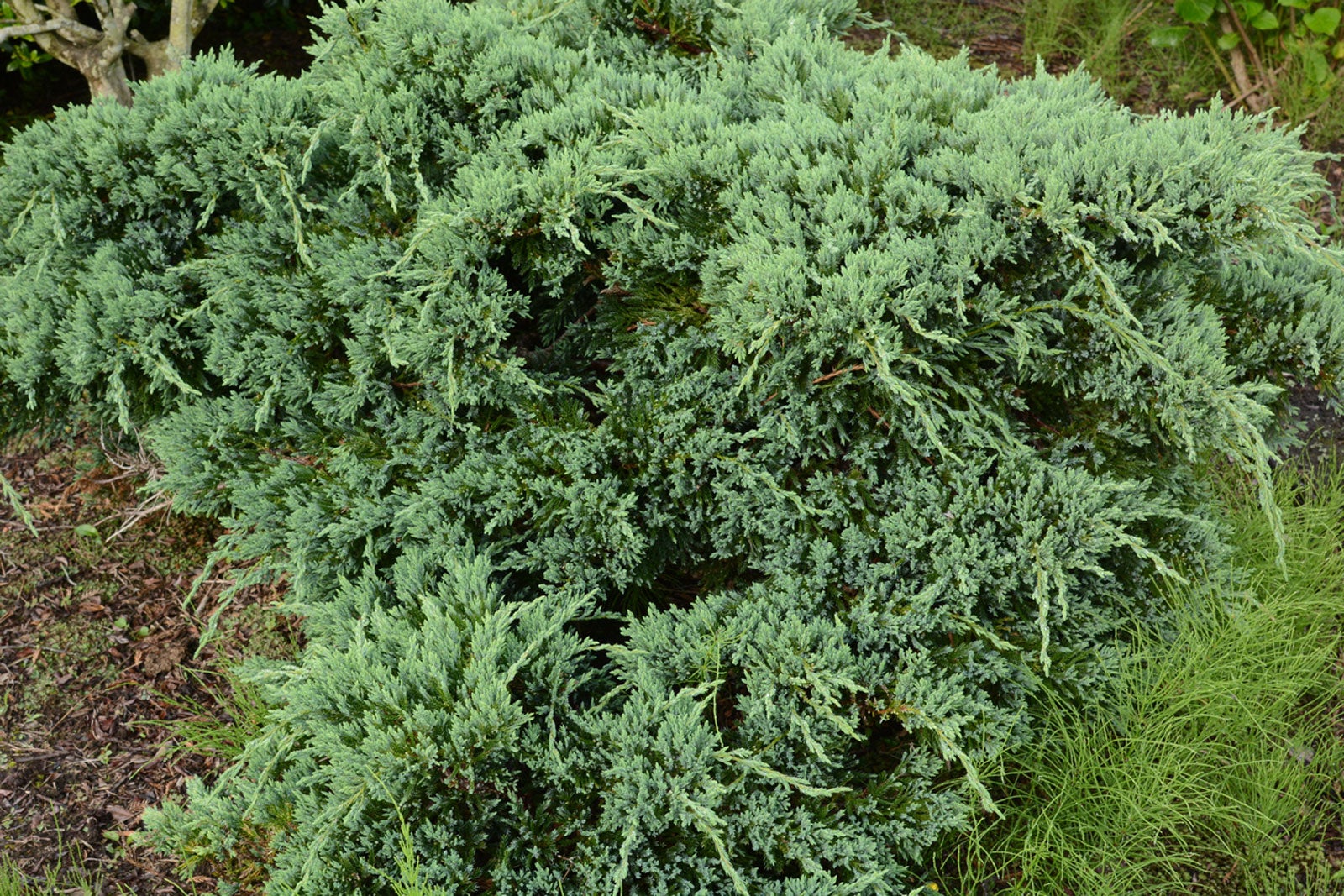 Japanese Juniper Care – How To Grow A Japanese Juniper Plant
Japanese Juniper Care – How To Grow A Japanese Juniper PlantIf you want a "set and forget" type of plant, Japanese juniper care is minimal and easy once established. For more information about this shrub of low heights and how to grow it in your garden, click the following article.
By Bonnie L. Grant
-
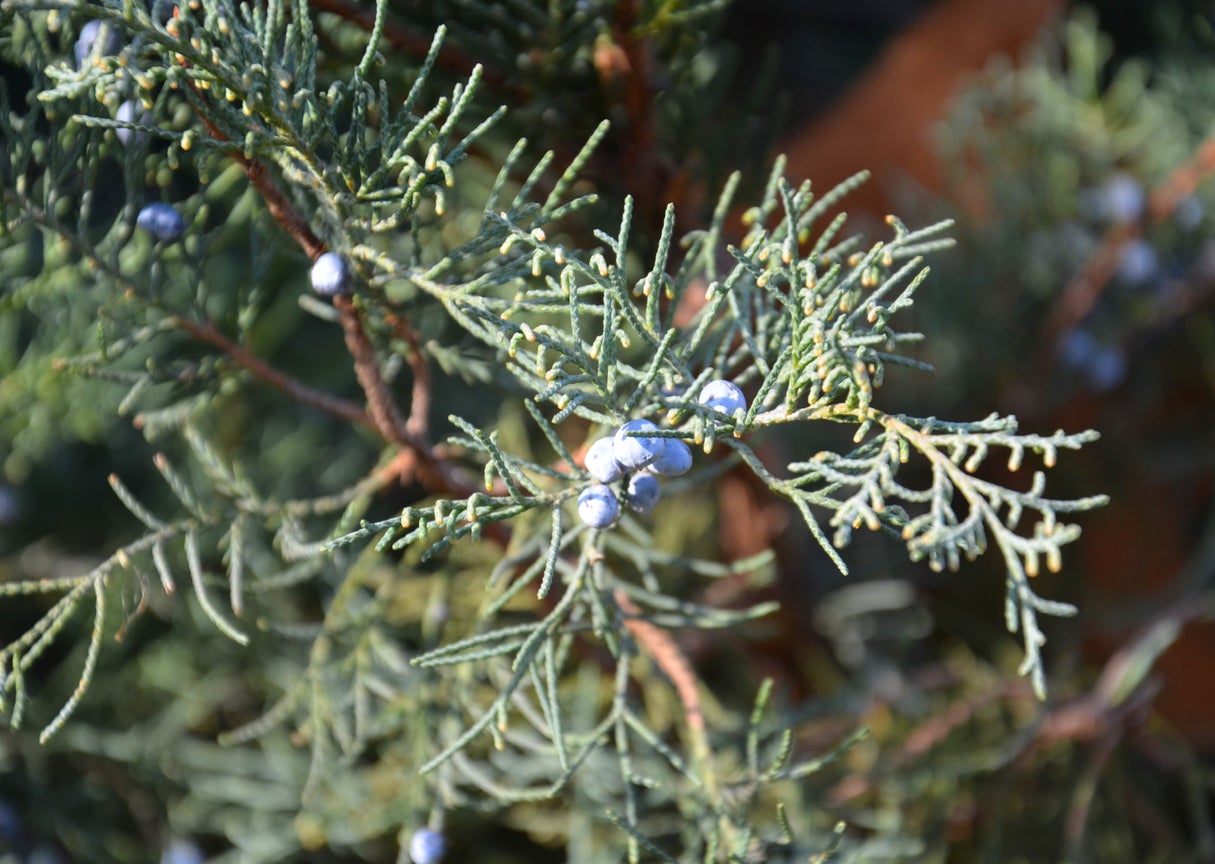 Mountain Cedar Information: Is Mountain Cedar Pollen Causing You Problems
Mountain Cedar Information: Is Mountain Cedar Pollen Causing You ProblemsMountain cedar is a tree with a common name full of contradictions. The tree is not a cedar at all, and its native range is central Texas, not known for its mountains. In fact, trees called mountain cedar are actually ashe juniper trees. Click here to learn more.
By Teo Spengler
-
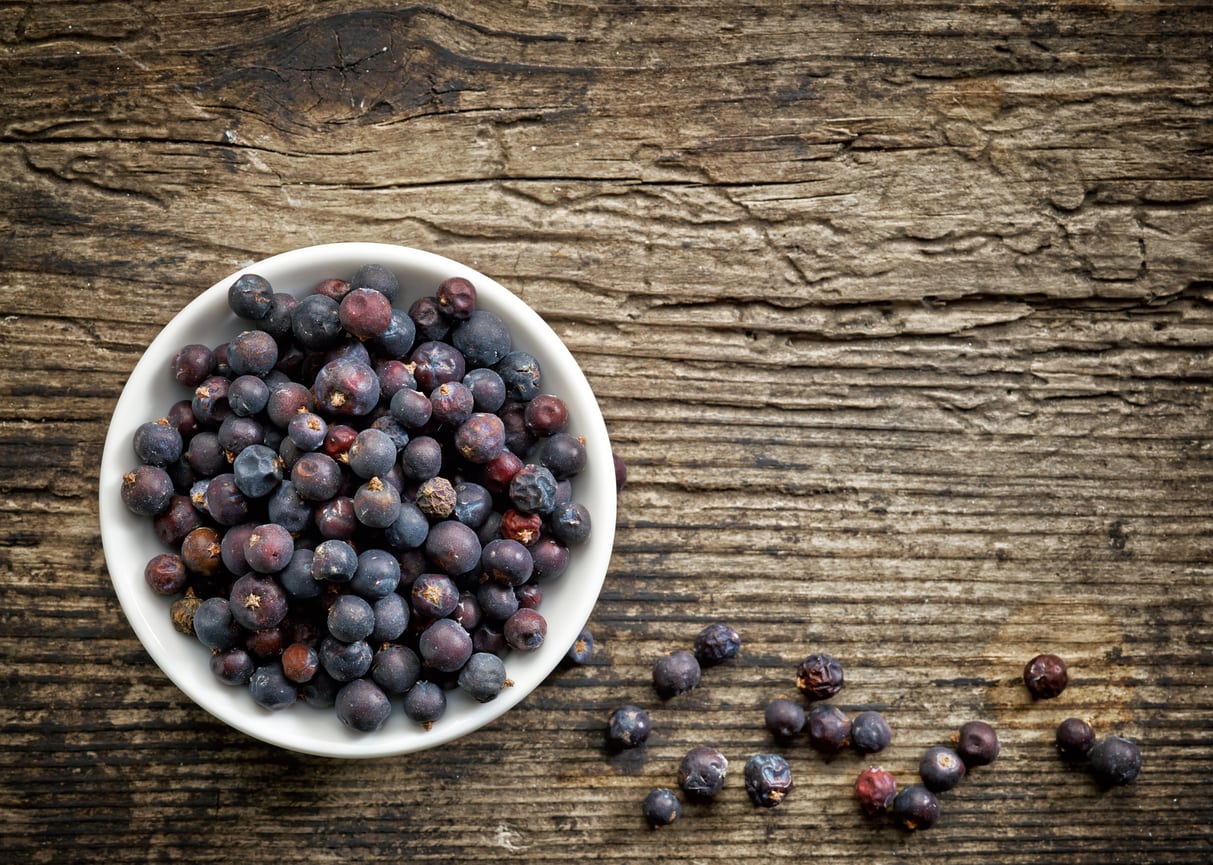 Are All Juniper Berries Edible – Is It Safe To Eat Juniper Berries
Are All Juniper Berries Edible – Is It Safe To Eat Juniper BerriesJuniper berries have been used as a strong flavoring for wine, mead, and other alcoholic beverages, as well as a spice for meats, stews, sauerkraut, and other dishes. Upon reading this, you may be wondering are all juniper berries edible? Click here for that answer.
By Darcy Larum
-
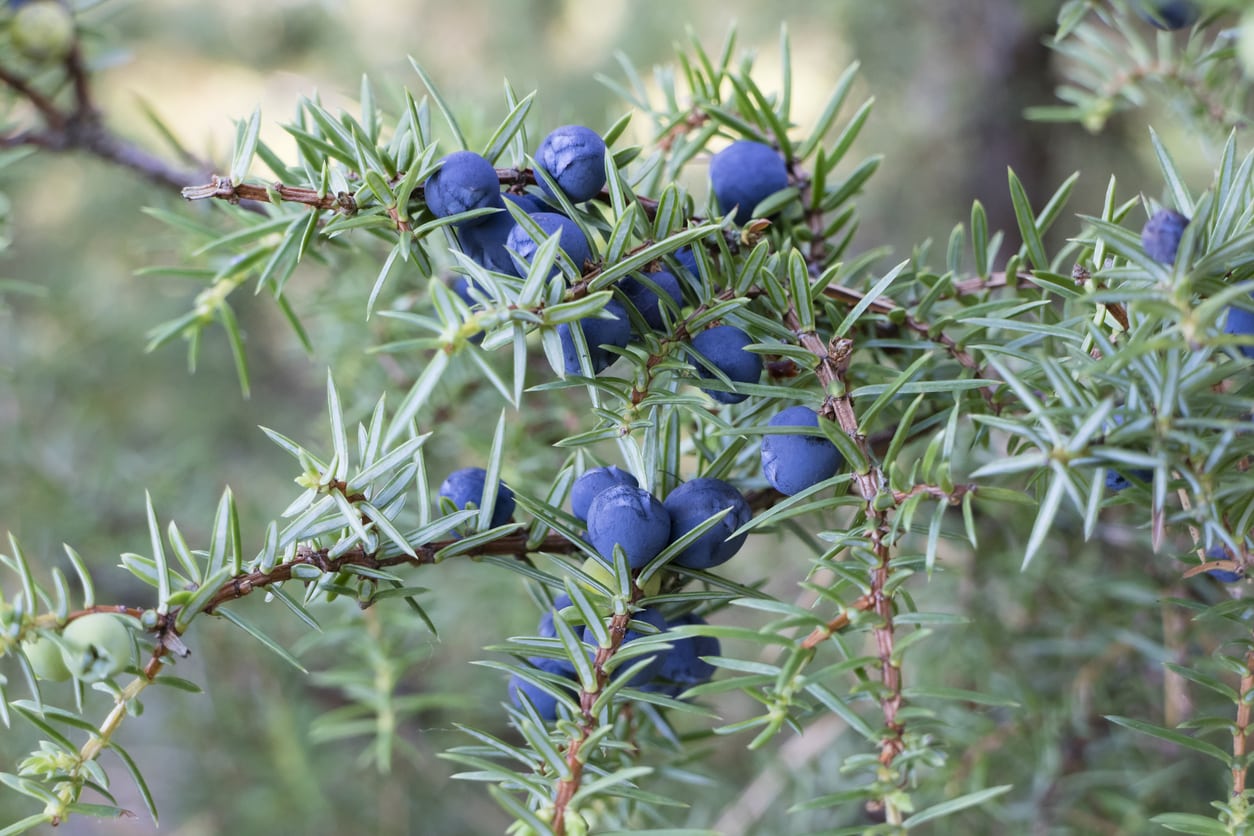 Juniper Berry Uses – What To Do With Juniper Berries
Juniper Berry Uses – What To Do With Juniper BerriesGiven that they are prolific and the fruit looks so much like a berry, the natural question is ‘can you eat juniper berries?” If so, what do you do with juniper berries? Click on the following article to find out how to use juniper berries along with some useful juniper berry recipes.
By Amy Grant
-
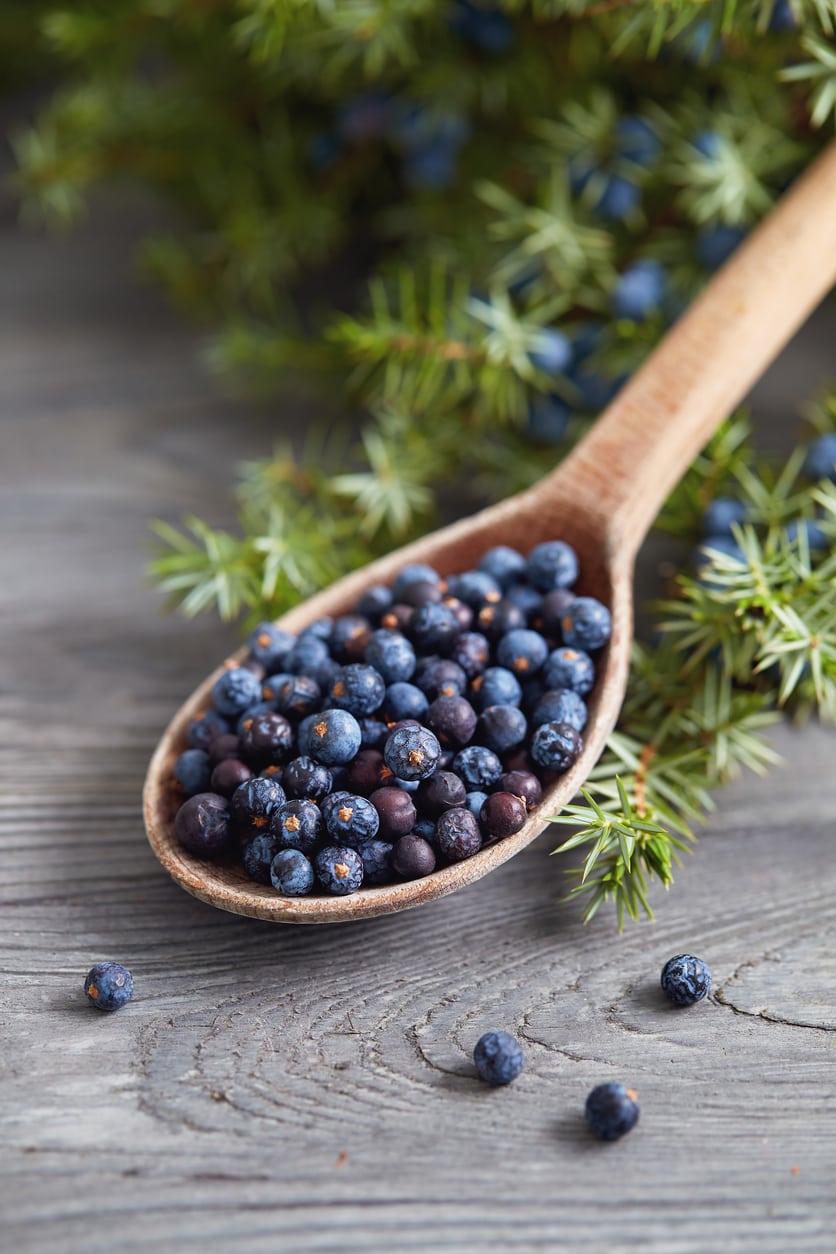 Juniper Berry Harvest Tips: How To Pick Juniper Berries
Juniper Berry Harvest Tips: How To Pick Juniper BerriesMany junipers produce berries that are toxic and inedible, but Juniperus communis berries are edible! Safe, aromatic and interesting, learn how to know which ones are safe how to harvest them.
By Bonnie L. Grant
-
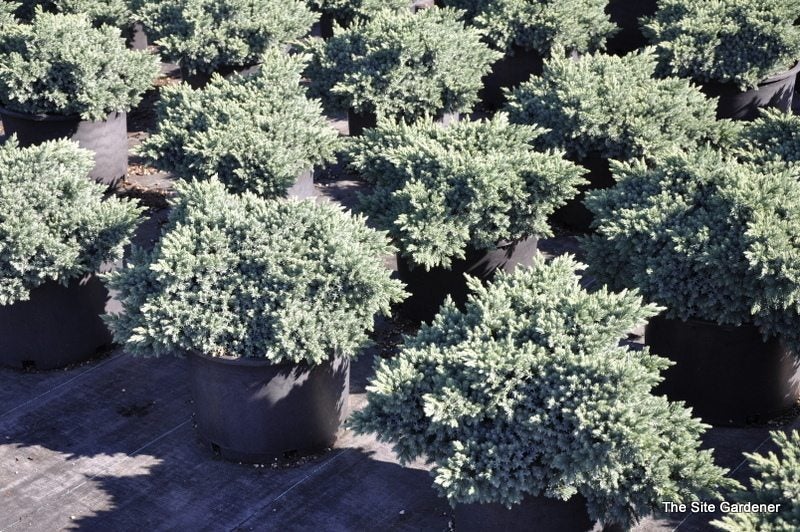 Growing Juniper ‘Blue Star’ – Learn About Blue Star Juniper Plants
Growing Juniper ‘Blue Star’ – Learn About Blue Star Juniper PlantsWith a name like "Blue Star," this juniper sounds as American as apple pie but, in fact, it is native to Afghanistan, the Himalayas, and western China. Gardeners love Blue Star for its thick, starry, blue-green foliage and its graceful rounded habit. Learn more here.
By Teo Spengler
-
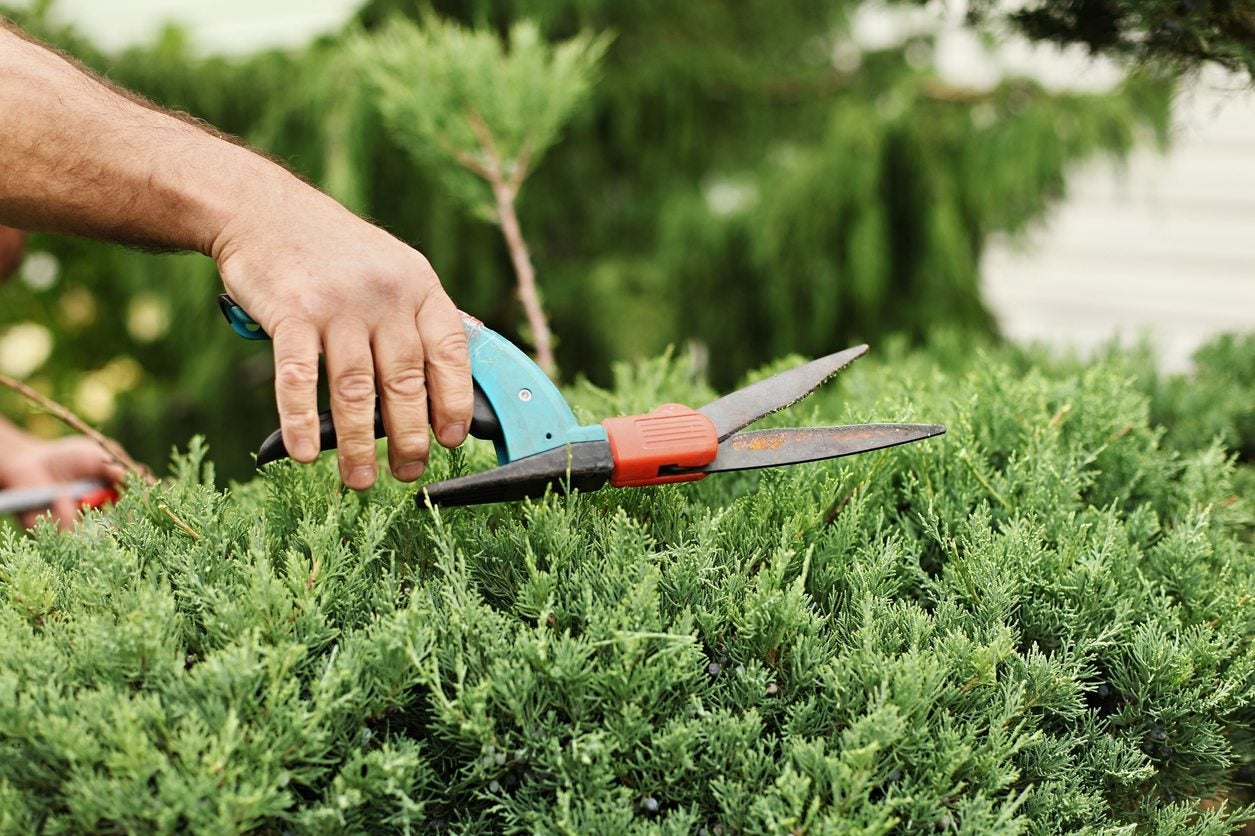 Can You Prune An Overgrown Juniper – Tips For Overgrown Juniper Pruning
Can You Prune An Overgrown Juniper – Tips For Overgrown Juniper PruningJuniper shrubs and trees are a great asset to landscaping. But sometimes, like the best things in life, they get away from us. What was once a smart shrub is now a wild, overgrown monster. So what can you do with a juniper that?s gotten out of hand? Find out here.
By Liz Baessler